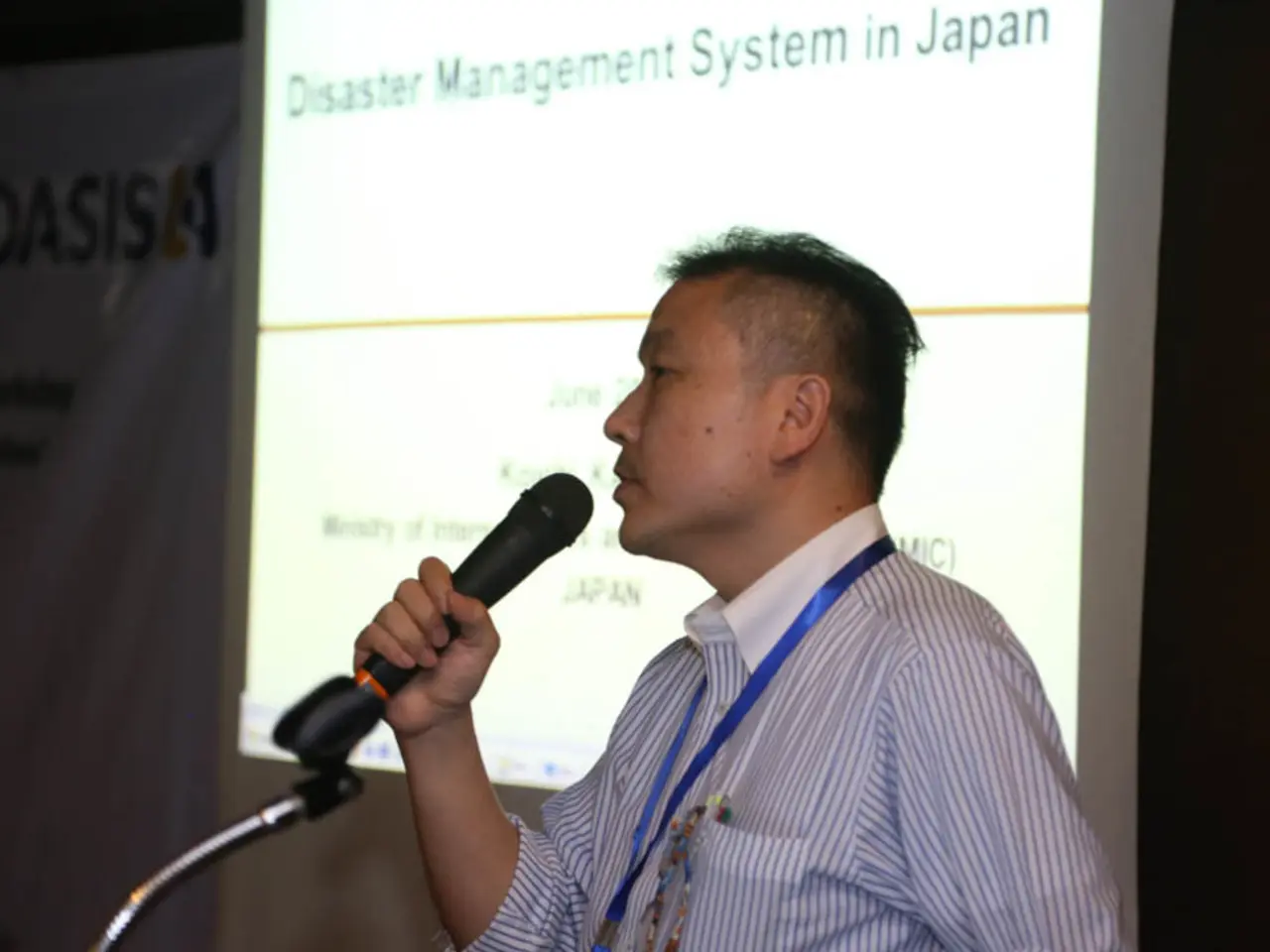Severe typhoon "Danas" in Taiwan claims two lives and leaves hundreds hurt
In the wake of Typhoon Danas, Taiwan is facing significant short-term and potential long-term impacts, with the focus shifting towards recovery, repair, and improvements in resilience against future storms.
The powerful typhoon, which made landfall in southwestern Taiwan late Sunday, caused widespread damage and disruptions. With winds reaching up to 222 km/h, according to Taiwan's Central Weather Bureau, the storm knocked out power for over 660,000 households, highlighting vulnerabilities in the power grid. This suggests that the existing infrastructure may not be fully resilient to strong winds and heavy rains.
Evacuation processes were implemented, with more than 3,500 people, mostly from mountainous areas near the port city of Kaohsiung in southern Taiwan, being evacuated from their homes. However, these evacuations indicate that the evacuation plans may need further refinement to ensure timely and safe relocation of at-risk populations.
The extensive damage and power outages might prompt authorities to invest in reinforcing power lines and infrastructure to prevent similar disruptions in the future. Additionally, the experience with Danas could lead to the review and improvement of evacuation plans, ensuring more effective communication and logistical support for affected communities.
The storm's impact on agriculture, transportation, and local businesses could have long-term economic effects, potentially influencing future disaster preparedness and recovery strategies. Hundreds of people have been injured, and at least two people have died due to the typhoon, underscoring the importance of strengthening disaster response systems.
As the typhoon moved north along Taiwan's western coast overnight into Monday, nearly 400,000 households were left without electricity. More than 30 international flights from Taiwan were canceled on Monday, and heavy rain continued after the typhoon exited Taiwan early Monday morning.
Looking ahead, recommendations for addressing the long-term impacts of Typhoon Danas include implementing more robust and resilient power infrastructure, enhancing evacuation protocols and emergency response systems, and engaging the public through education campaigns on disaster preparedness and evacuation procedures. By doing so, Taiwan can work towards building a more resilient society that is better equipped to handle future storms.
In the light of Typhoon Danas, science and environmental-science could play a crucial role in assessing the long-term impacts on Taiwan's power infrastructure and suggesting improvements to strengthen resilience against future storms. The two dead people highlight the importance of Lac Mobile, weather, and environmental-science data to inform more effective emergency response systems and evacuation plans, ensuring the safety of at-risk populations.







